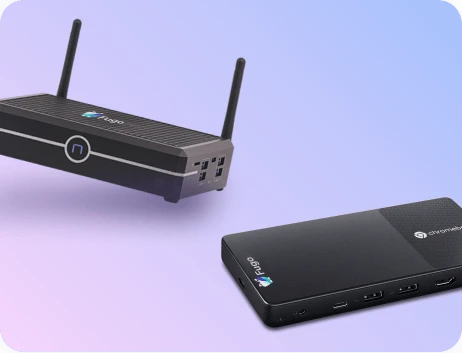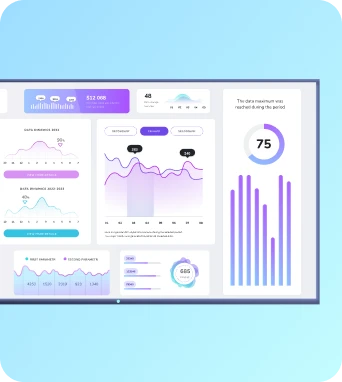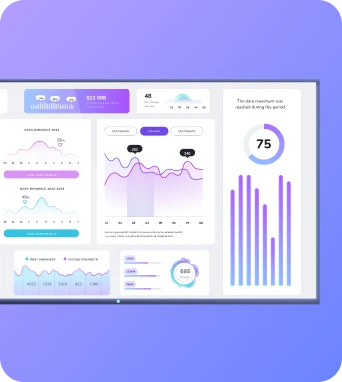Digital Signage Wiki/Touch-free motion gesture control
3 min read
Apr 24, 2025
Touch-free motion gesture control
Touch-free motion gesture control refers to the technology that allows users to interact with digital signage systems through hand gestures and body movements without physical contact.
What is Touch-free motion gesture control?
Touch-free motion gesture control is an innovative technology that enables users to interact with digital signage systems using hand gestures and body movements, eliminating the need for physical contact. This technology is particularly relevant in environments where hygiene is a priority, such as healthcare facilities, retail spaces, and public transportation hubs. By leveraging advanced sensors and software, touch-free motion gesture control provides an intuitive and engaging user experience, enhancing the way information is accessed and interacted with on digital displays.
Technology Behind Touch-free Motion Gesture Control
The technology behind touch-free motion gesture control involves a combination of sensors, cameras, and sophisticated software algorithms. At its core, this system uses depth-sensing cameras, such as infrared or time-of-flight sensors, to capture the three-dimensional space in front of a digital display. These sensors detect the position and movement of a user's hands and body, translating these physical gestures into digital commands. The software component plays a crucial role in interpreting the captured data, using machine learning algorithms to recognize specific gestures and execute corresponding actions on the digital signage system. This technology requires precise calibration and robust processing capabilities to ensure accurate gesture recognition and a seamless user experience. The integration of artificial intelligence further enhances the system's ability to learn and adapt to different user behaviors and environmental conditions, making touch-free motion gesture control a versatile and reliable solution for various applications.
Implementation of Touch-free Motion Gesture Control
The implementation of touch-free motion gesture control in digital signage involves several practical applications that enhance user interaction and engagement. In retail environments, this technology allows customers to browse product catalogs, view promotions, and access detailed information about items without touching the screen, thereby maintaining a hygienic shopping experience. In healthcare settings, touch-free gesture control can be used to navigate through patient information or educational content, minimizing the risk of contamination. Public transportation hubs can benefit from this technology by providing travelers with interactive maps and schedules, improving the flow of information while reducing physical contact with shared surfaces. Additionally, touch-free motion gesture control can be integrated into corporate environments for presentations and meetings, allowing presenters to control slides and multimedia content with simple hand movements. The implementation process involves careful consideration of the display environment, user demographics, and specific use cases to ensure optimal performance and user satisfaction.
Conclusion on Touch-free Motion Gesture Control
Touch-free motion gesture control represents a significant advancement in the way users interact with digital signage, offering a hygienic, intuitive, and engaging experience. As technology continues to evolve, its applications are expected to expand across various industries, enhancing the accessibility and functionality of digital displays. Learn more about Touch-free motion gesture control – schedule a demo at https://calendly.com/fugo/fugo-digital-signage-software-demo or visit https://www.fugo.ai/.
Keep the learning going...
Touch-free AI voice navigation
Touch-free AI voice navigation refers to the use of artificial intelligence to enable users to interact with digital signage systems through voice commands, eliminating the need for physical contact.
3 min read
Apr 24, 2025
Touch-free interactivity
Touch-free interactivity refers to the ability to interact with digital signage and other digital interfaces without the need for physical contact, often using gestures, voice commands, or other non-contact methods.
3 min read
Apr 24, 2025
Touchless voice navigation
Touchless voice navigation refers to the technology that allows users to interact with digital signage systems using voice commands without the need for physical contact.
3 min read
Apr 24, 2025



